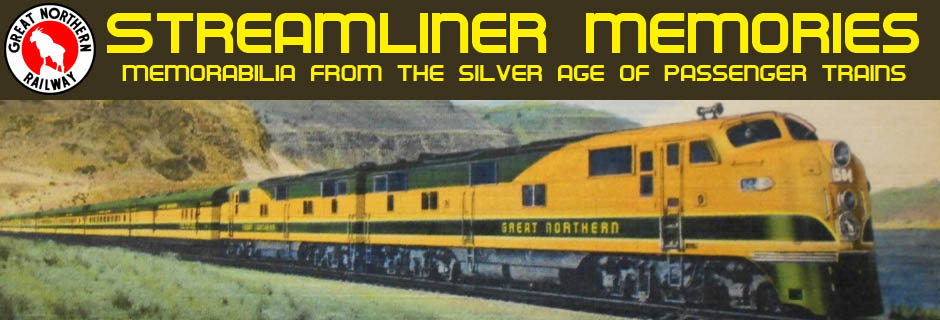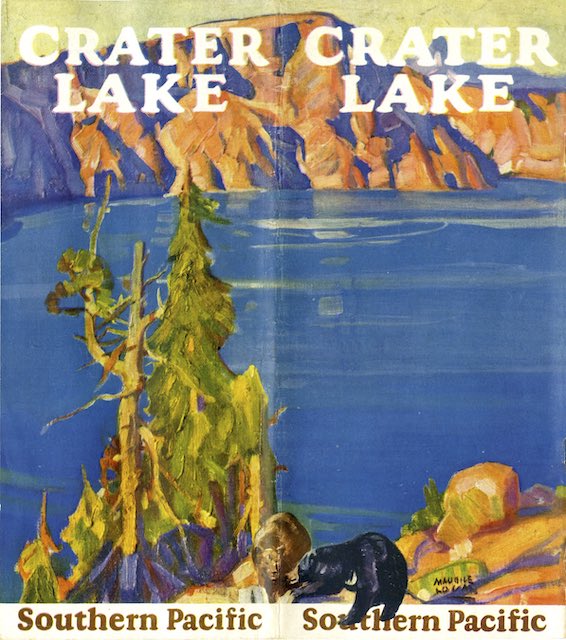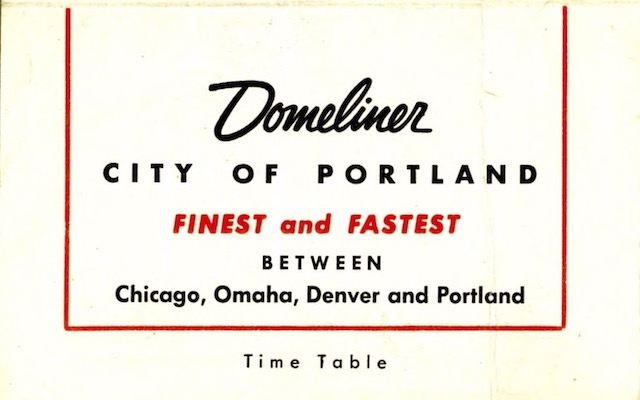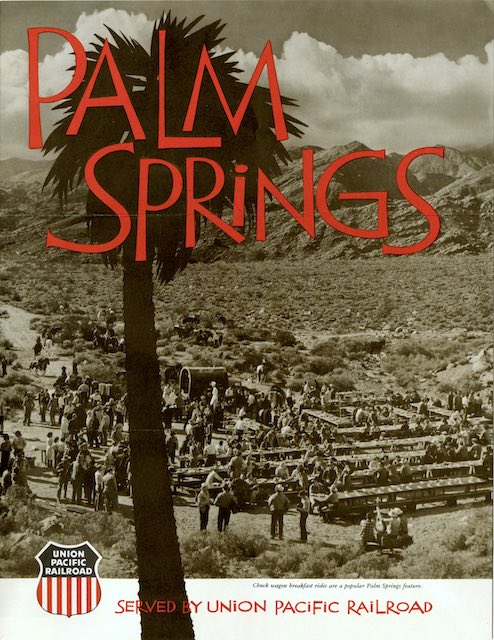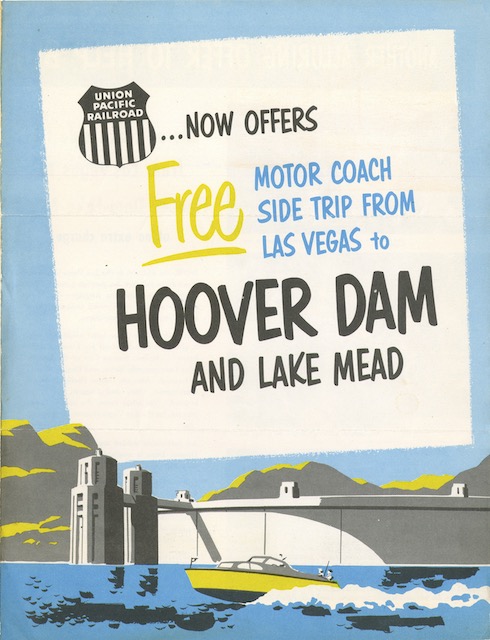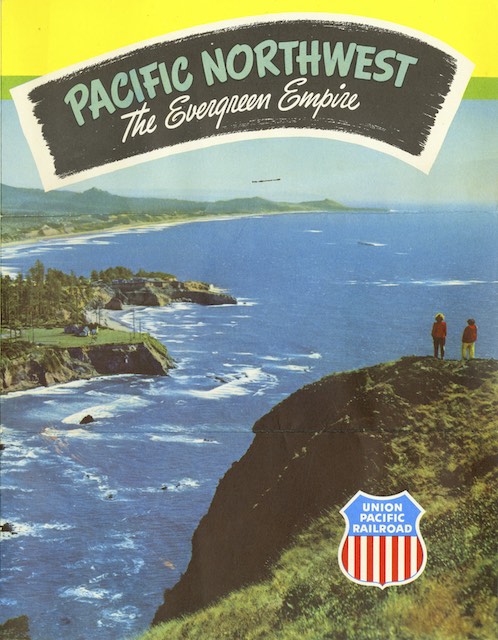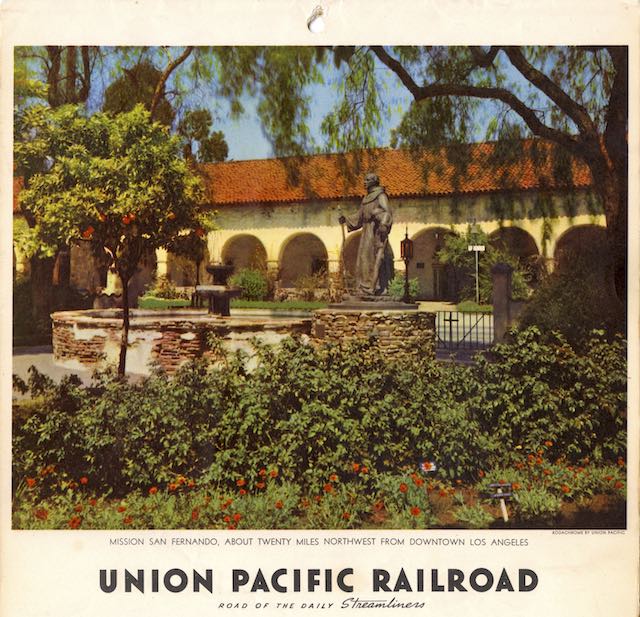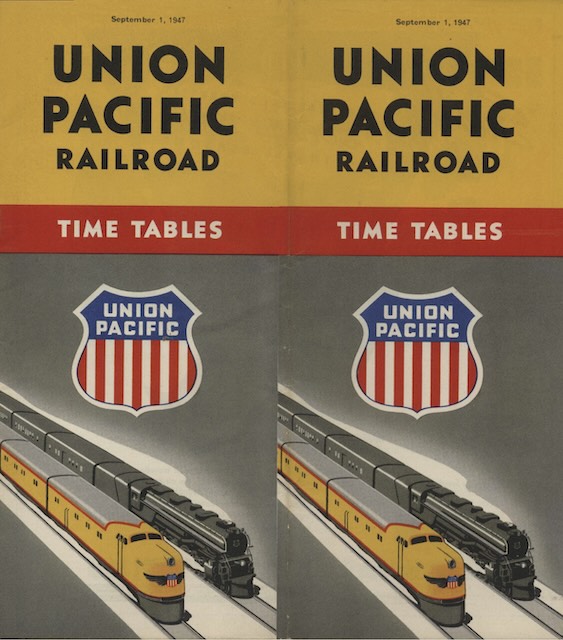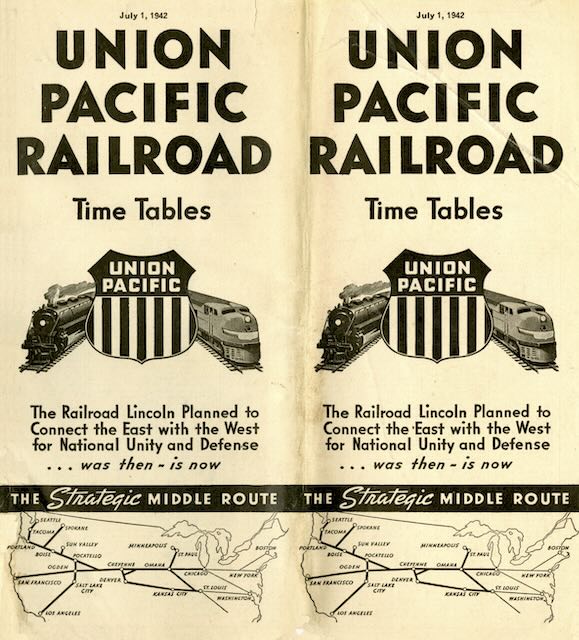This timetable shows Amtrak operated seven trains a day from New York City to Albany, four of which went on to Buffalo. One of those trains connected with a train to Toronto. The overnight New York-Buffalo train took 8 hours and 5 minutes while the other three took 8 hours and 10 minutes.
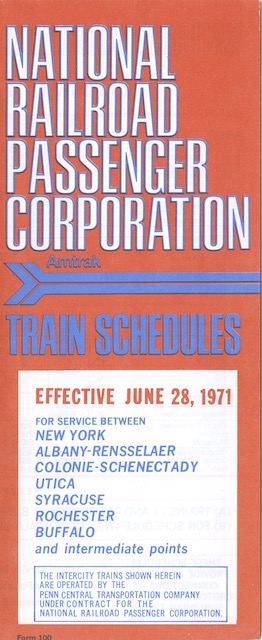 Click image to download a 979-KB PDF of this pocket timetable.
Click image to download a 979-KB PDF of this pocket timetable.
Service has slightly improved since then. My 2018 Amtrak timetable shows 12 trains a day from New York to Albany, but still only four went to Buffalo. One of the Buffalo trains went on to Toronto, apparently relieving travelers of the need to change trains. New York-Buffalo trains took over 9 hours in 2018. According to Amtrak’s web site, times are back down to around 8 hours today, and the fastest train takes only 7 hours and 53 minutes. Continue reading
